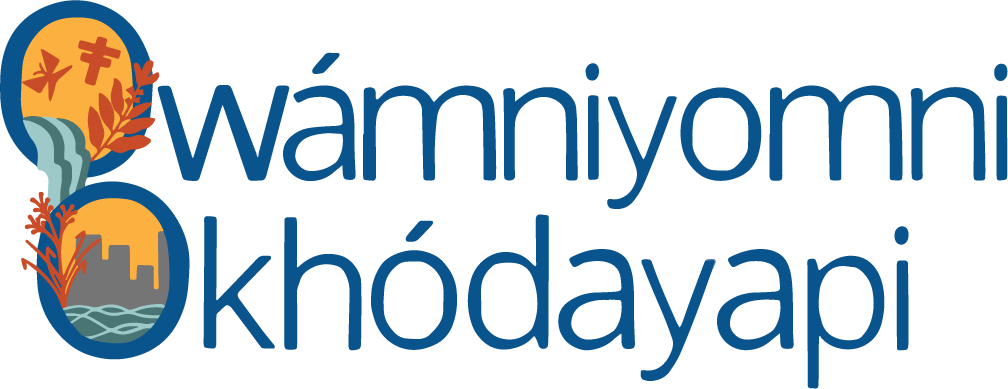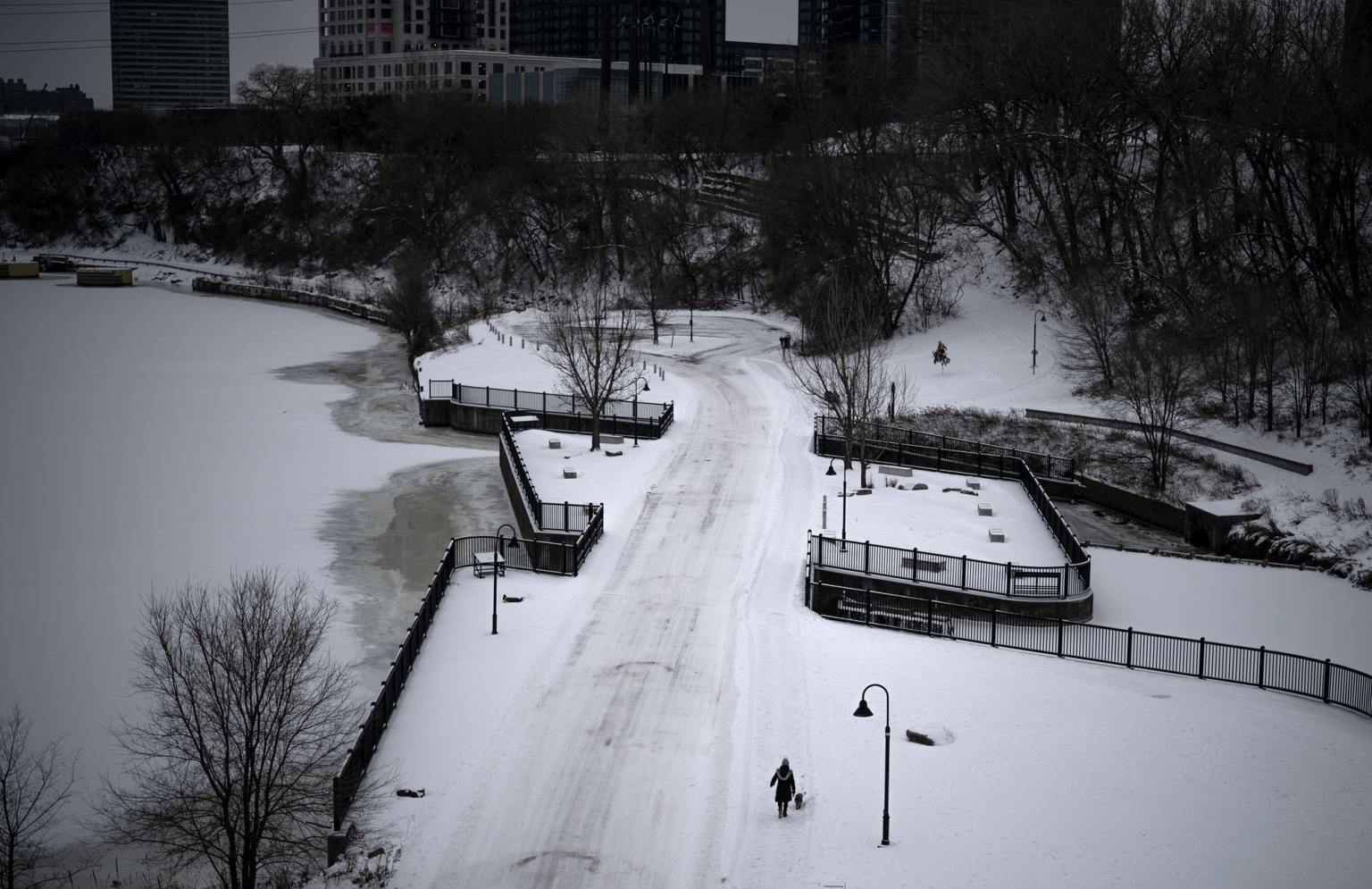By Greg Stanley for Star Tribune
The public will soon get more access to the Mississippi River in the heart of Minneapolis after federal officials decided this week to give the city much of the land around the closed lock and dam at Upper St. Anthony Falls.
Now, the city needs a plan for what to build on the site, part of a growing effort to refashion the industrial downtown riverfront into a destination for visitors, tourists and residents.
The legislation, recently signed by President Donald Trump, puts an end to years of Army Corps studies and proposals over what to do with the concrete lock at the foot of the Stone Arch Bridge. The lock has been closed to navigation since 2015.
Corps engineers will stay on-site to keep operating and maintaining the dam for flood control. The rest of the land, including a few acres of shoreline, a parking lot and at least part of the shuttered lock will be given to the city to turn into a public space.
Friends of the Falls, a community group focused on expanding public access to the river, is working with the city and the Native American Community Development Institute to design a plan for what to put on the land.
The slate is clean and no decisions have been made, said Mark Andrew, president of Friends of the Falls.
“The community at large and the Native American community are going to be the ultimate arbiter of what goes on that site, period,” Andrew said.
The site is relatively small, a total of about 3 acres. But it is prized because of its historic location, which was one of the first places in the city to be settled by immigrants, and was a key cultural and spiritual site for the Dakota and other communities for centuries.
The land gives the city a chance to open up public access to the Mississippi River, both above and below the falls.
The property runs along the river’s western bank from under the Stone Arch Bridge to just above the falls.
It is adjacent to the city-owned Water Works property, a $30 million redevelopment project that has been under construction since 2019.
The Water Works site will include a two-story pavilion, a plaza and a restaurant serving Native American cuisine.
While no decisions have been made, there has been strong early support to look into building a marina or boat launch at the former lock. There has also been interest in building a visitor and interpretive center that focuses on the importance and history of the site and of the Indigenous people who lived there for thousands of years, Andrew said.
“We’ve already done about 20 or so meetings with community members, groups, officials and they stated very strongly that they support Native American leadership on this project,” he said.
Friends of the Falls recognized that it was important to have Dakota voices and perspectives as the source of the project, said Robert Lilligren, president and CEO of the Native American Community Development Institute.
“We joined as a partner to better engage Native communities after we had honest dialogue with the Friends about how traditional engagement has not worked for us,” Lilligren said in a statement.
Minneapolis Mayor Jacob Frey said in a statement that the city wants to hear directly from the Native American community on what to build.
“Revitalizing the lock and dam site is an amazing opportunity to connect downtown to the central riverfront and further realize our natural asset in the falls,” he said.
Once there’s a plan, it’s unclear when construction might start. The legislation orders the Army Corps to convey the land to the city “as soon as practicable.”
That could take somewhere around six months, said Kjersti Duval, Friends of the Falls project director.
The full project could take two to three years to complete, she said.
Friends of the Falls has raised $2.5 million from donors to fund the project.
The group is seeking another $2.8 million from the state’s Environment and Natural Resources Trust Fund.
Read the full article on Star Tribune.


